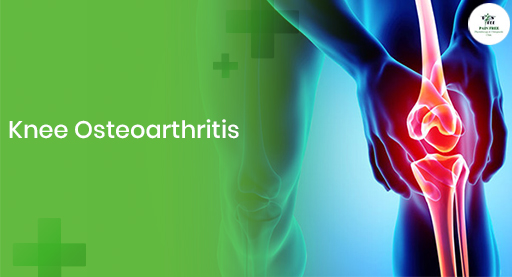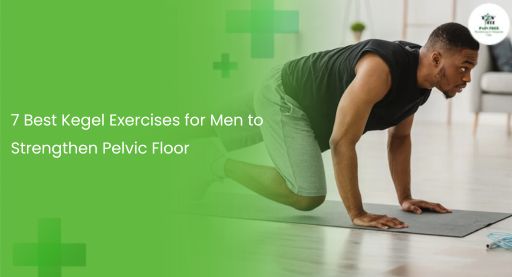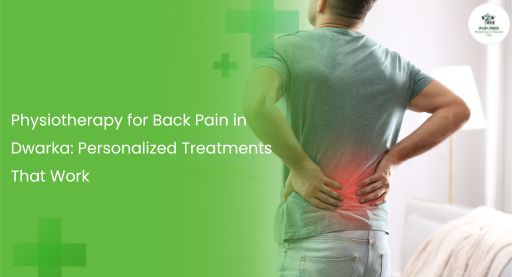Can Knee Osteoarthritis Be Treated Effectively?
Knee osteoarthritis is the most common cause of knee pain in older adults and the most prevalent form of arthritis found in joints. It is one of the leading causes of disability in older adults, affecting individuals’ ability to move and carry out daily activities. This article will be covering what knee osteoarthritis is, why people suffer from it, and how physiotherapy can help.
Understanding Human Anatomy
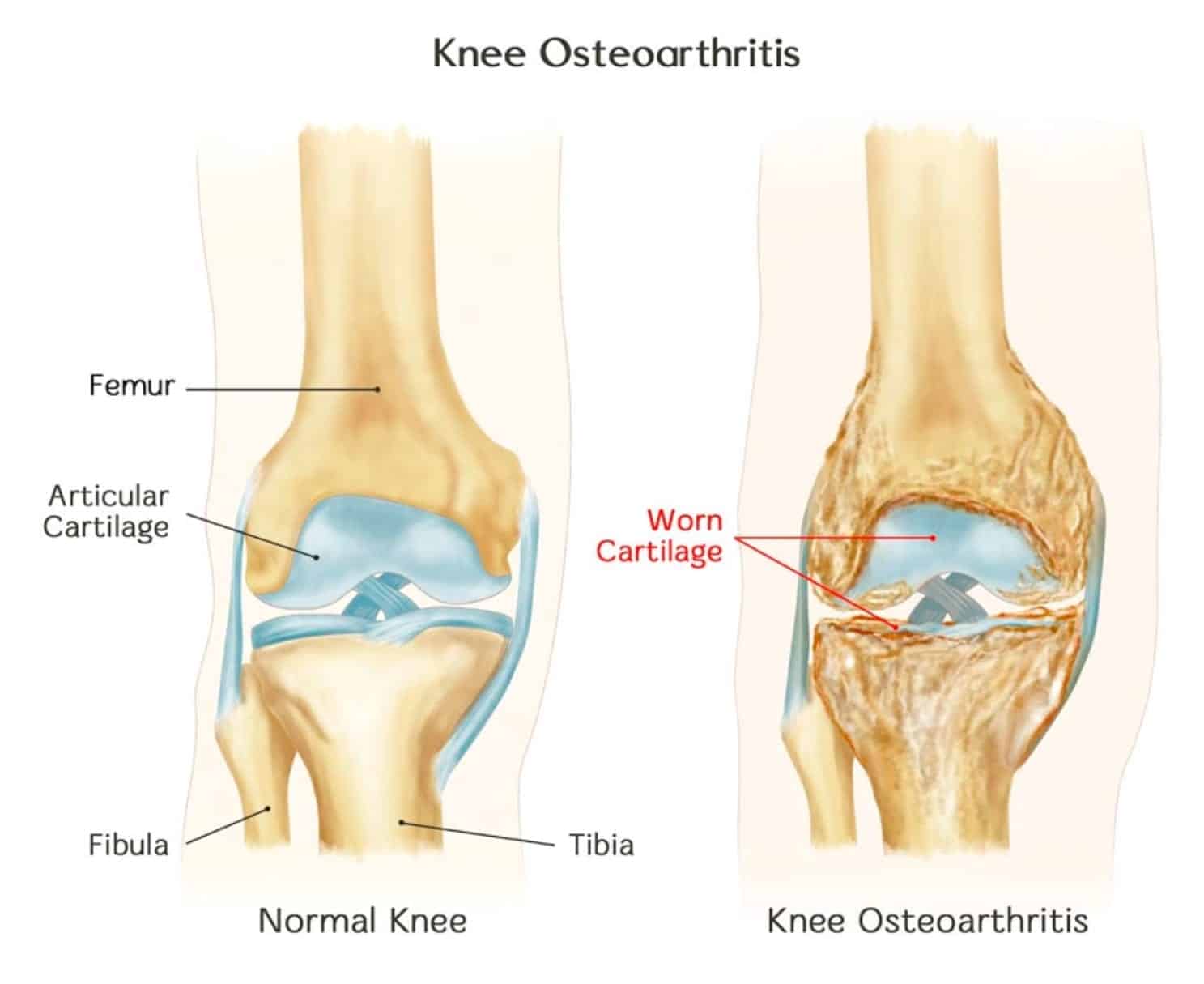
The term arthritis refers to inflammation in one or more of your joints. There are many forms of arthritis however the most common cause found in joints is osteoarthritis.
To fully understand what knee osteoarthritis is, we must first look at the anatomy of the knee. The knee joint is made up of the femur and tibia meet to form a hinge joint. Inside the knee, there are many structures that contribute to smooth and stable bending and straightening of the joint.
Cartilage is present where the femur and tibia meet and is responsible for smooth movement occurring at the joint. The cartilage cushions pressure through the knee and reduce friction as the bones move on each other. Knee Osteoarthritis occurs when the cartilage begins to thin and change shape, which reduces cushioning and smooth movement of the joint.
Causes
The cause of knee osteoarthritis is not fully understood, but we know there is a clear link between weight and previous injuries. There is also evidence to suggest a genetic component.
Exercise has been suspected to increase the risk of developing osteoarthritis but we now know it can have a protective effect, even marathon training!
Symptoms of Knee Osteoarthritis
Knee osteoarthritis symptoms occur when the cartilage loses the ability to provide cushioning and smooth movement. Pain, swelling, and stiffness are the primary symptoms associated with the condition.
As the condition progresses, people often become less active in an attempt to avoid aggravating their pain. Ironically, this is the worst thing you can do! The decreased activity can lead to weakness in the surrounding muscles and can worsen stiffness. At this point, day-to-day activities such as using the stairs and prolonged walking or even standing can become a struggle. If nothing is done to manage the condition, patients find that their quality of life can be affected, not to mention that the decreased activity can harm your body in other ways.
Management of Osteoarthritis
Alongside weight loss, exercise is the best treatment for knee osteoarthritis. Exercise in this instance should consist of an increase in your activity levels with light exercise and strengthening. We know that exercise can strengthen the knee, which reduces pain by offloading the joint. Furthermore, it can increase lubrication and decrease inflammation in the joint, both of which can reduce the pain and stiffness which is associated with inactivity. And, importantly, it can help people continue to do the things they enjoy!
For help with osteoarthritis management and exercise prescription, it is recommended you see a physiotherapist. A physiotherapist can create a personalized program based on an assessment and discussion of your goals. They can support you through your program to ensure positive changes are gained.
To get you started, a few beginner exercises are set out below:
Inner Range Quads
- Place some pillows/rolled-up towels under your knees so that they are bent.
- Pull your toes up towards you and then straighten your knee (keep your knee on the cushion). Hold for 5 seconds, then slowly relax.
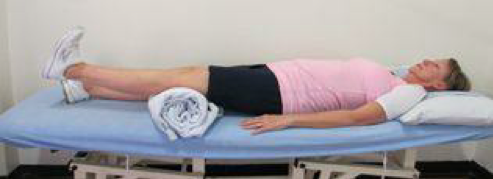
Straight Leg Raise
- Pull your toes up towards you and then lift your leg approximately 20 cm off the bed (keep your knee as straight as you can).
- Hold for 5 seconds, then slowly relax.
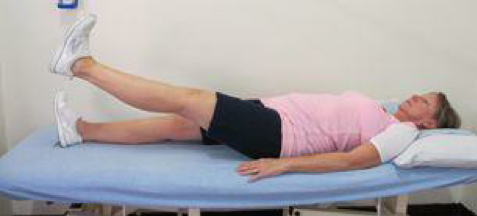
Sit-To-Stand
- Sit with your arms across your chest.
- Stand up and then sit down as slowly as you can.







